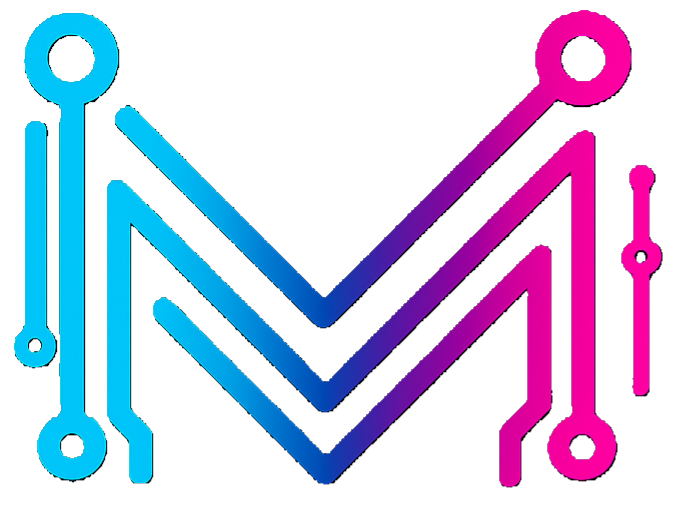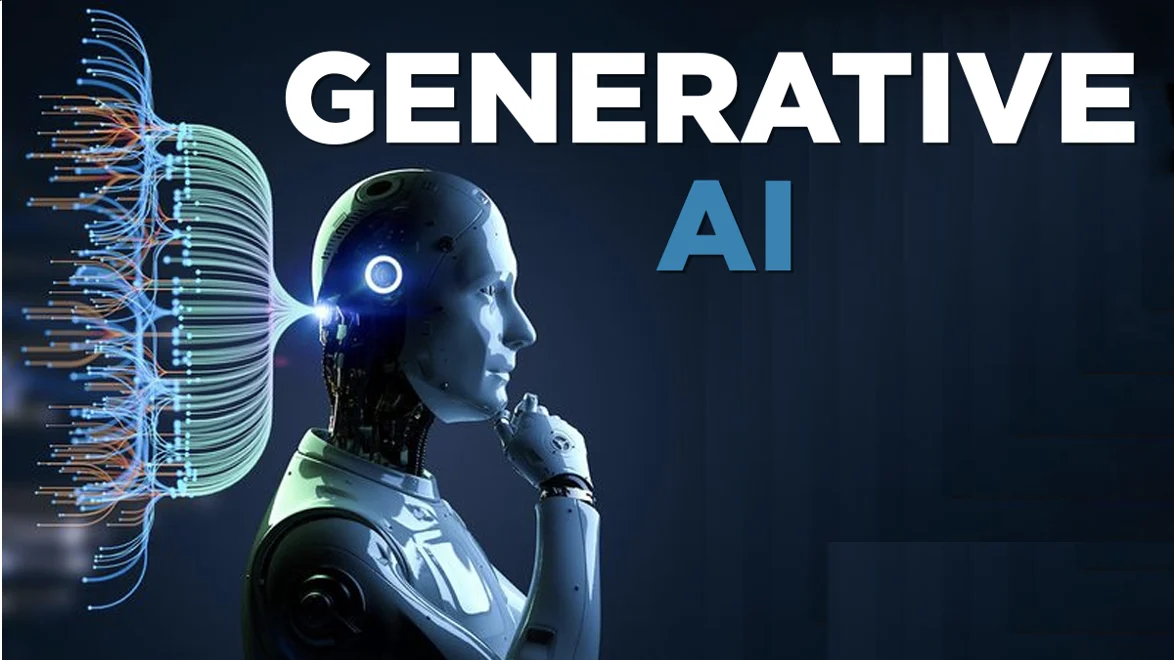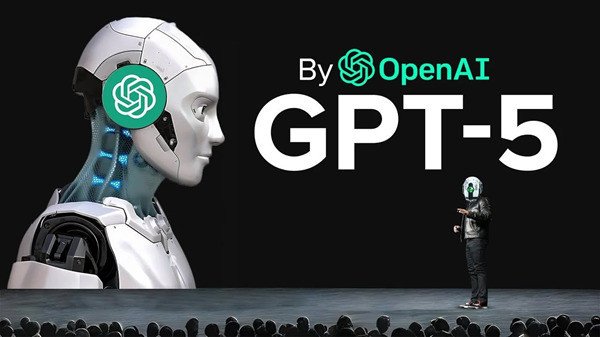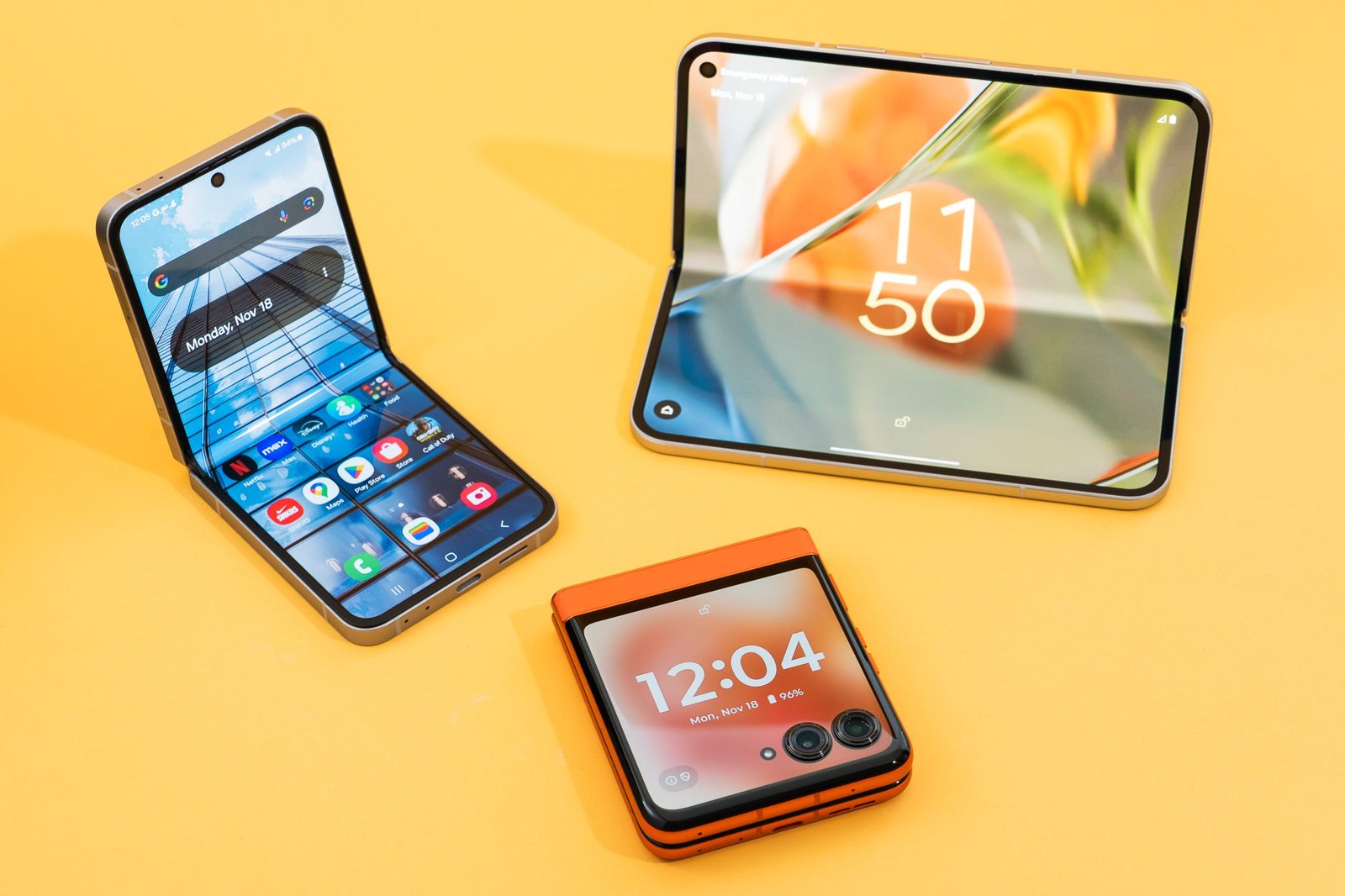Table of Contents
If you’re wondering what is Generative AI, you’re not alone. For the longest time, AI felt like a super-smart but incredibly boring calculator. It was great at analyzing spreadsheets, finding patterns, and labeling things. It was a librarian—organized and knowledgeable, but not exactly the life of the party.
Then, seemingly overnight, AI put on a beret, picked up a paintbrush, and became an artist.
That, in a nutshell, is the revolution of Generative AI. It’s a type of artificial intelligence that doesn’t just analyze existing data; it creates brand new, original content that has never existed before. It can write poems, compose music, design images, and code websites.
So, What is Generative AI, Really? The Librarian vs. The Artist
The easiest way to understand the difference is with a simple analogy:
Traditional AI is a LIBRARIAN. You can ask it, “Show me all the books about cats,” and it will expertly find and categorize every book.
Generative AI is an ARTIST. You can ask it, “Tell me a story about a cat who becomes a pirate,” and it will write you a brand new, original story from scratch.
This creative leap is why you’re suddenly hearing about AI everywhere. It’s the technology behind the most exciting tools on the internet today. Let’s look at the main types you’re probably already seeing.
1. Text Generation (The Wordsmiths)
This is the one everyone knows and loves. Powered by Large Language Models (LLMs), these AIs are masters of human language.
- The Star Player: ChatGPT, Google Gemini, Anthropic’s Claude.
- How it Works (The Simple Version): After being trained on a mind-boggling amount of text from the internet, these models get incredibly good at one thing: predicting the next most likely word in a sequence. When you ask it a question, it’s essentially playing a high-stakes game of “fill-in-the-blanks” over and over until it has generated a full, coherent response.
- What it Creates: Emails, essays, poems, computer code, song lyrics, and marketing copy.
2. Image Generation (The Digital Painters)
This is where AI’s artistic side truly shines. These models can turn a simple text description (a “prompt”) into a stunning, complex image.
- The Star Players: Midjourney, DALL-E 3, Stable Diffusion.
- How it Works (The Simple Version): Imagine a TV screen full of random static. The AI has learned the connection between words (like “cat” or “astronaut”) and what those things look like. It then slowly refines that cloud of digital static, sculpting it bit by bit until it matches the description in your prompt. It’s like a sculptor carving a masterpiece out of a block of marble, except the block is noise and the chisel is math.
- What it Creates: Photorealistic images, fantasy art, logos, architectural designs, and hilarious memes.
3. Video and 3D Generation (The Movie Directors)
This is the new frontier, and it’s moving at a terrifying pace. If image generation is creating a single frame, video generation is creating 24 of them per second, all while keeping everything consistent.
- The Star Player: OpenAI’s Sora, Runway Gen-2.
- How it Works: This is incredibly complex, but think of it as an extension of image generation. The AI doesn’t just understand what an object looks like, but also how it should move and interact with a 3D world. It’s predicting entire scenes, not just single images.
- What it Creates: Short cinematic clips, product animations, special effects, and eventually, maybe even full-length movies.
4. Music and Audio Generation (The Composers)
The latest creative field to be taken by storm is music. These AIs can generate full-length, high-quality songs complete with vocals and multiple instruments.
- The Star Players: Suno, Udio.
- How it Works: Similar to text generation, these models analyze patterns in vast amounts of musical data. They learn the structures of different genres, from pop choruses to blues riffs, and can assemble them into a new composition based on your prompt.
- What it Creates: Royalty-free background music, song prototypes, podcast jingles, and full-blown pop anthems about your lunch.
What is Generative AI? The Magic Ingredients Behind It All
Why is all of this happening now? It’s a perfect storm of three things:
- Massive Data: We’ve created an unimaginable amount of digital text, images, and sounds for these models to learn from.
- Powerful Computers: Companies like NVIDIA have built a new generation of AI chips (GPUs) that can handle the insane calculations required.
- Smarter Algorithms: Breakthroughs like the “Transformer” architecture (the ‘T’ in GPT) made models much better at understanding context.
Conclusion: Your New Creative Partner
Understanding what is Generative AI is key to understanding our modern world. It’s a fundamental shift. AI is no longer just a tool for analysis; it’s a partner in creation. It’s the most powerful brainstorming tool ever invented.
While it raises important questions about creativity, jobs, and ethics, one thing is clear: the ability to create something from nothing is no longer exclusively human.
What’s the most amazing (or weirdest) thing you’ve seen a Generative AI create? Share it in the comments below!







Leave a Reply
You must be logged in to post a comment.